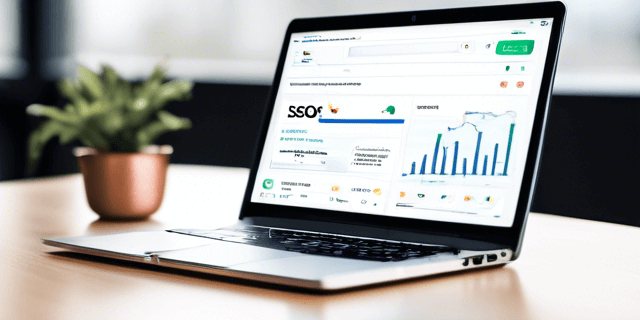
Introduction
On-Page SEO is a crucial element in the digital marketing toolkit, significantly influencing a website's visibility on search engines. This comprehensive guide explores the intricacies of mastering On-Page SEO through a site audit approach, providing detailed insights into the key factors that contribute to on-page optimization excellence.
1. Title Tags and Meta Descriptions
Begin your On-Page SEO audit by scrutinizing title tags and meta descriptions:
- Title Tags: Ensure each page has a unique, descriptive title tag that accurately represents the content.
- Meta Descriptions: Craft compelling meta descriptions that encourage clicks and provide a concise summary of the page.
- Keyword Placement: Strategically place primary keywords in title tags and meta descriptions for relevancy.
2. Header Tags and Content Structure
Organize your content effectively using header tags and a clear structure:
- Header Tags (H1, H2, H3): Utilize header tags to structure content and signal its importance to search engines.
- Keyword Integration: Integrate relevant keywords naturally into headers and content for improved SEO.
- Readability: Ensure content is easy to read, catering to both users and search engine crawlers.
3. URL Structure and Internal Linking
Optimize your URL structure and leverage internal linking for a seamless user experience:
- URL Optimization: Create clean and descriptive URLs that reflect the page's content.
- Internal Linking: Strategically link to other relevant pages within your website to distribute link equity.
- Anchor Text: Use descriptive anchor text for internal links, enhancing both user navigation and SEO.
4. Image Optimization
Images play a crucial role in enhancing user engagement; optimize them for On-Page SEO:
- Alt Text: Include descriptive alt text for images to assist search engines in understanding their content.
- File Size and Compression: Optimize image file sizes to improve page load speed without compromising quality.
- Relevance: Use images that are relevant to the content, providing additional context for users and search engines.
5. Content Quality and Keyword Optimization
Deliver high-quality, keyword-optimized content to capture the attention of both users and search engines:
- Keyword Research: Conduct thorough keyword research to identify and target relevant terms in your content.
- Natural Keyword Integration: Integrate keywords seamlessly into the content, maintaining a natural flow.
- Content Length: Aim for substantial, informative content that provides value to users and signals authority to search engines.
Conclusion
Mastering the art of On-Page SEO requires a meticulous site audit approach, addressing key elements such as title tags, header tags, URL structure, image optimization, and content quality. By focusing on these aspects, website owners can create a strong foundation for improved search engine visibility and user experience. Regularly conduct On-Page SEO audits to stay abreast of industry trends, algorithm updates, and ensure sustained online success.









